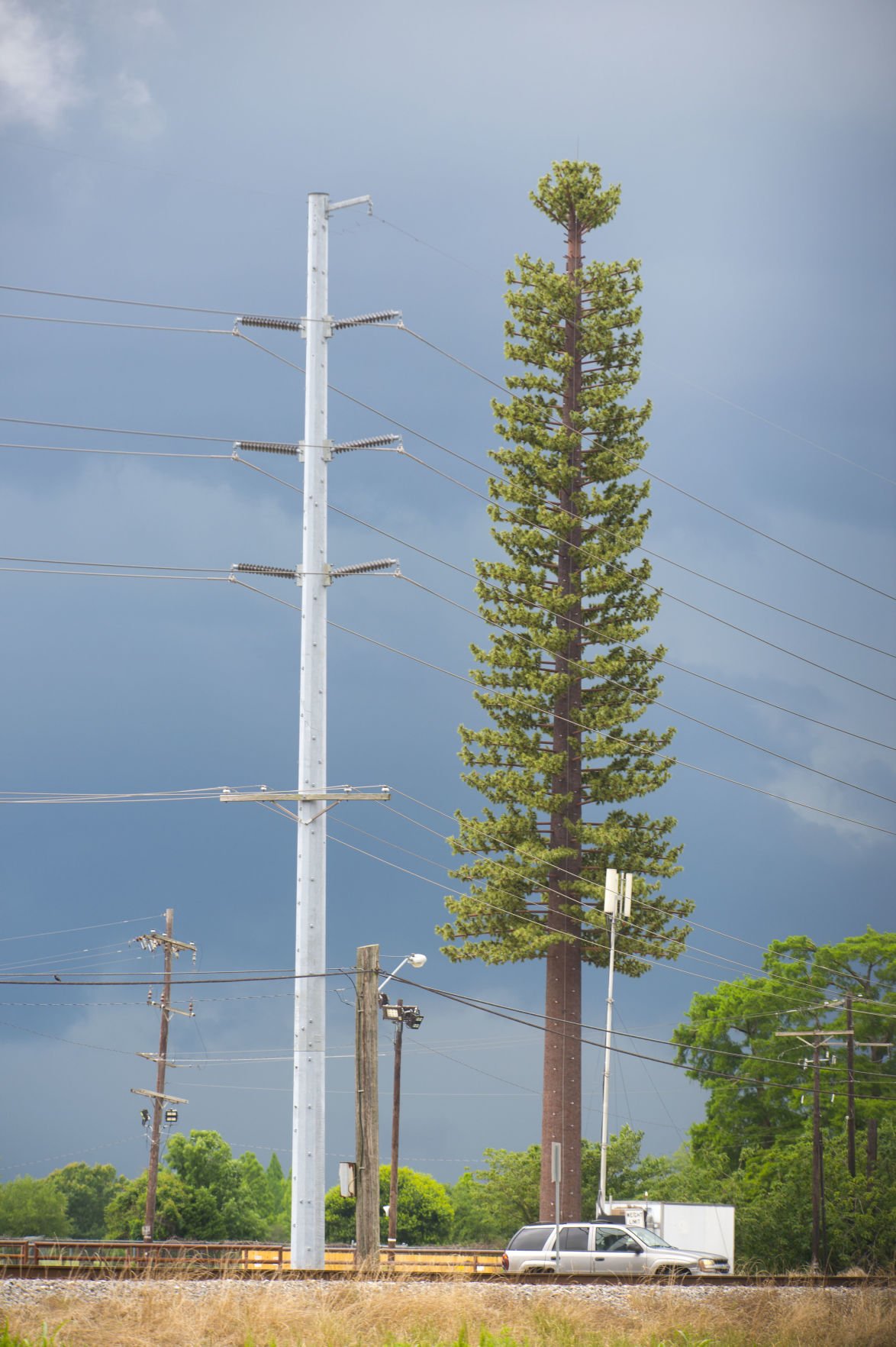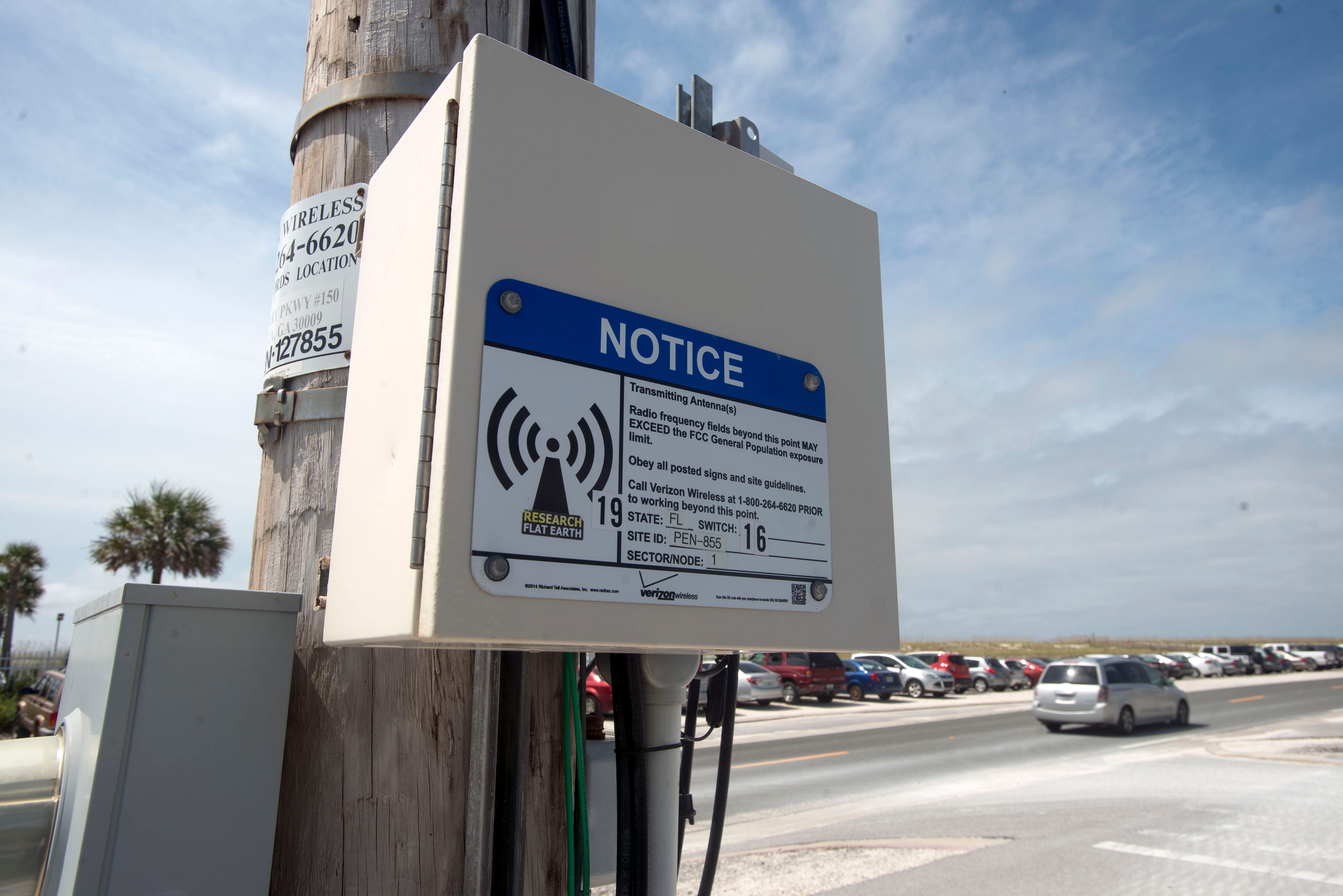If you've ever walked through a city you might have noticed tiny mini 5G cell towers on the poles of street lights. They appear like tiny boxes, but they're actually broadcasting wireless signals from cell phone providers to your mobile.
They are replacing larger, purpose-built cell towers. While they're not as noticeable however, they could cause problems for people.
A of the FCC's Radiation Exposure Thresholds
The FCC's Radiation Exposure Thresholds determine the maximum amount of time an individual can be exposed to electromagnetic radiation from wireless devices. The limits for exposure are based on research that prove that electromagnetic energy can be harmful to health.

The specific absorption rate (SAR) is an indication of the amount of radiofrequency energy absorbed by tissue. It is typically 1.6 milliwatts per kilogram calculated over one gram of tissue.
Since 5g is able to transmit at higher frequencies and has the potential to cause greater energy intensity on the skin as well as other body parts. what is a safe distance from a 5g cell tower could result in various potential harms, including exacerbated development of skin diseases such as dermatitis, cataracts, and skin cancer.
Due to the potential for negative effects of 5G radiation, PSU has chosen to create a general limits on power density, which is 4mW/cm2 based on the average across 1 centimeter, but not to exceed 30 minutes, for the entire 5G spectrum at 3000 GHz. This localized limit is in accordance with the maximum SAR that is spatially averaged at 1.6 W/kg averaged over 1 g of tissue at 6 GHz.
The FCC's Maximum Exposure Thresholds for Maximum Exposure
If you've ever used a mobile phone, you probably know that the safest range from the tower is around 400 meters. This is due to the power of transmission from cell towers increases drastically the further you are from it.
Although this may sound like a good idea however, those living close to towers could be more susceptible to health problems. For instance, a study conducted in 2014 in India found that residents living within 50 meters of cell towers experienced much more health problems than those who were far from antennas.
But, the study showed that residents who moved to areas that were further from cell towers noticed their symptoms improve within a few days. Studies have also shown that exposure to high frequencies of radiofrequency electromagnetic fields (EMFs) could cause brain tumors, cancers and other health issues.
This is due to the fact that radiofrequency radiation, which is utilized in wireless communications, may be absorbed by the body's outer layer of skin. This is important to understand since the skin functions as a shield against injuries caused by mechanical forces, infections from pathogenic microorganisms, as well as the entry of harmful substances. The skin is the biggest organ in the human body, and is accountable for protecting other organs.
The FCC's Minimum Exposure Thresholds for the Minimum Exposure
The FCC's Minimum Exposition Thresholds depend on numerous assumptions that are not supported by scientific evidence. They include the false belief that exposures to RF radiation are safe due to minimal radiation penetration in the human body (i.e. the heating of tissues).
The assumption also ignores the more extensive penetration of ELF elements of modulated radio signals as well as the consequences on the body of short bursts caused by RF pulses. These assumptions do not correspond with current understanding of the biological effects of RF radiation. Therefore, they should not be used for health protective exposure standards.
Furthermore, the ICNIRP and FCC are limiting their radiation limits for local peak SARs that are based on the peak speed of spatial absorption (psSAR) that is an inadequate dosimetric tool for determining the level of exposure to RF radiation. In particular the psSAR tool is not accurate when frequencies exceed 6 GHz. In addition, psSAR is not been tested for RF radiation with co-exposure to other environmental agents such like sunlight. In the event of interactions, RF radiation and other environmental agents could cause synergistic or antagonistic impacts. This could result in an increased risk of negative health effects. For example, co-exposure to RF radiation and sunlight could raise the chance of developing skin cancer, as well as aggravate other skin diseases such as acne.

